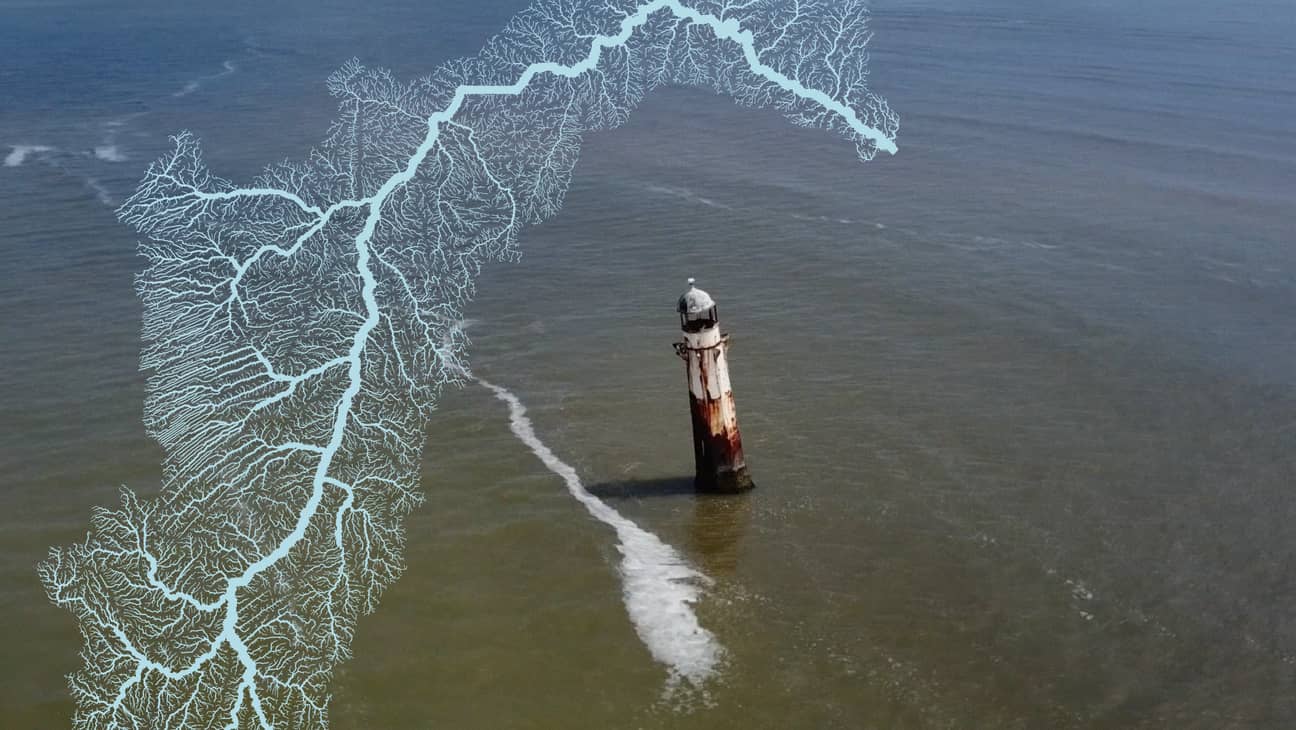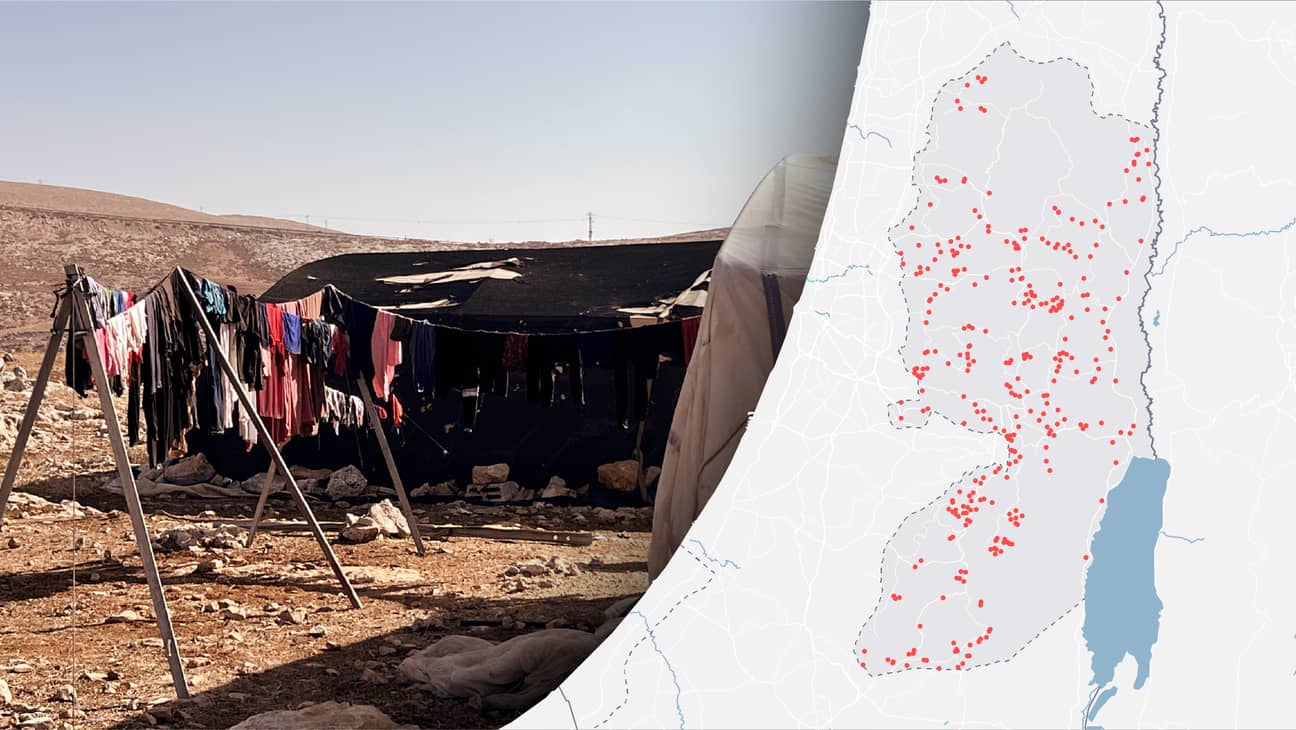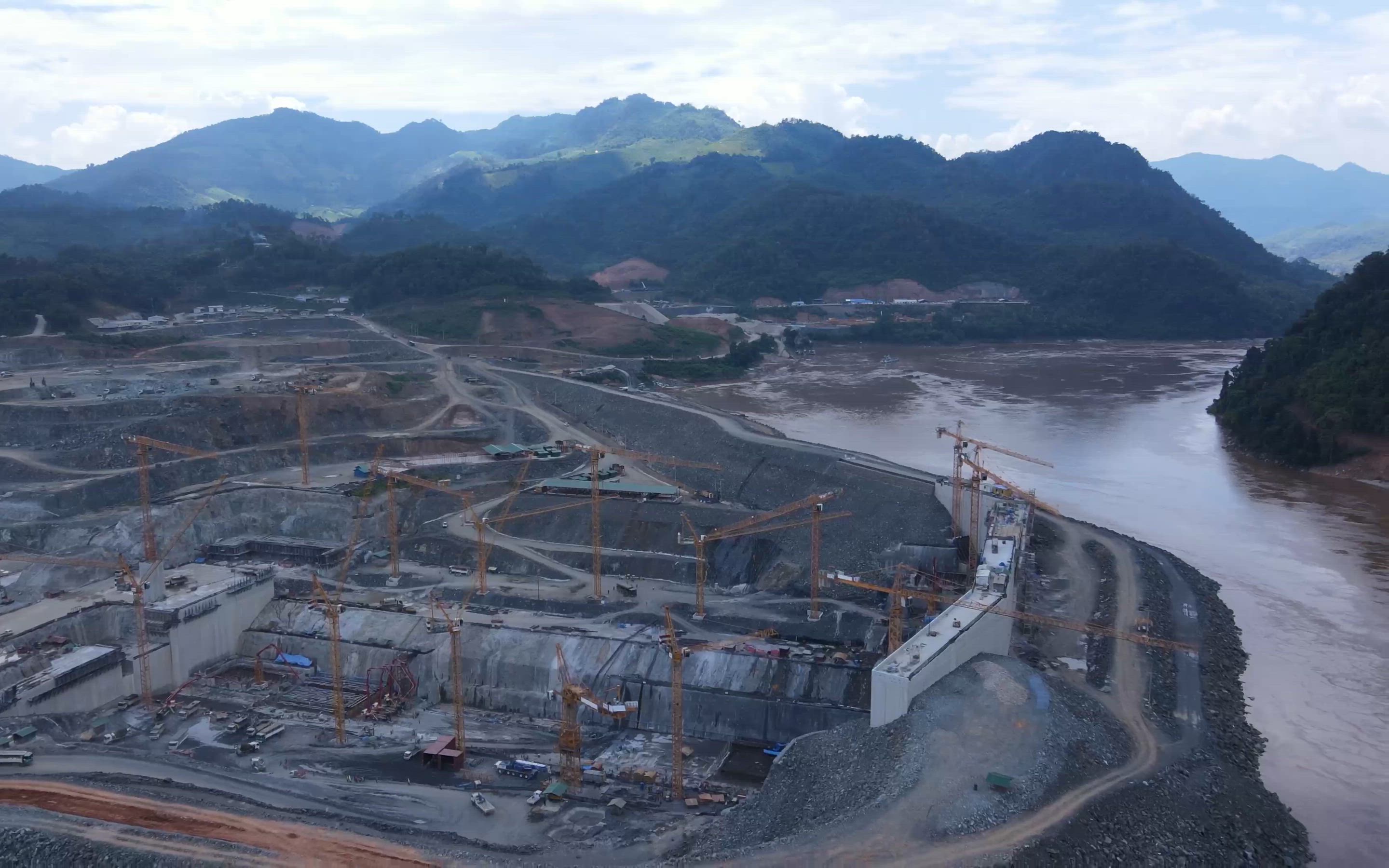
This story was supported by the Pulitzer Center.
The master builders of the Mekong Delta were mangrove trees. When the Mekong River washed soil onto the coast of Southeast Asia, the mangroves managed to take root and hold on to the new land. More sediment quickly accumulated and the Mekong Delta grew to the size of Denmark.
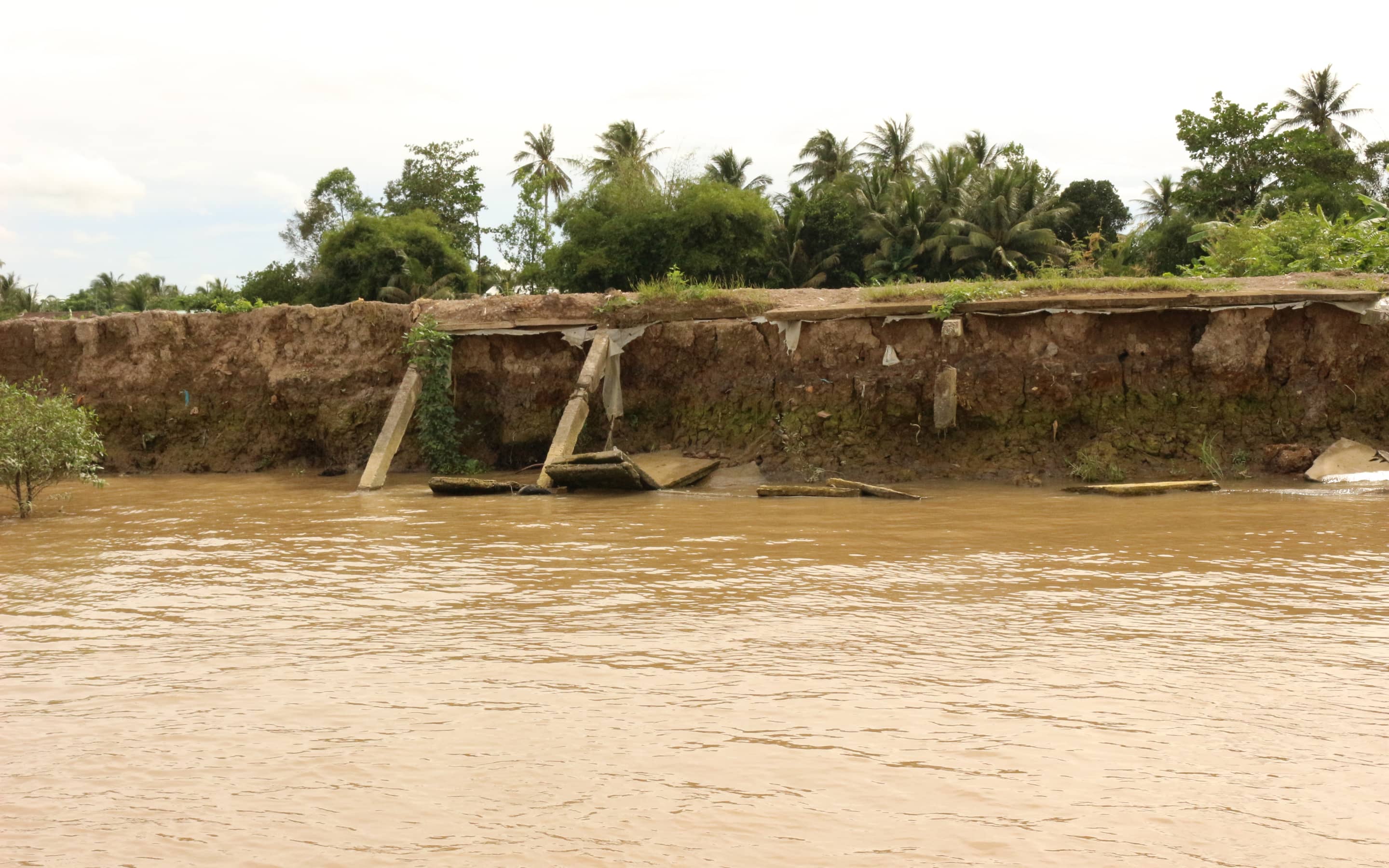
"In the past, the coast was overgrown with very dense mangrove forest. Recently it was heavily destroyed. It will disappear very soon." So says Doan Van Binh from the Vietnamese-German University in Ho Chi Minh City. Last year, other scientists warned in the journal Science that the entire Mekong Delta, home to 20 million people, could be submerged in the sea by 2100.
Since 1989, more than 75 square kilometers of land have already been lost at the southern delta near Cà Mau, which is roughly the size of Lake Chiemsee in Bavaria. Satellite images clearly show how the coastline has shifted in recent decades.

This is not only due to rising sea levels, but also to what is happening upstream. The Mekong stretches from the high plateau of Tibet to the South China Sea, its waters flowing through China, Laos, Myanmar, Thailand, Cambodia and Vietnam.

It is the mid-2000s when an unseen run on hydropower breaks out and slows down the flow of the Mekong. Brian Eyler, head of the Southeast Asia program at the Stimson Center, a US think tank, was living in Yunnan Province in southern China at the time. "The only way to find out if dams were built back then was to look at information boards on the highway," says the scientist.

"China has not informed the downstream countries about the construction of dams on the Mekong. Nor does it provide any operational data on the current status of these reservoirs," criticizes Eyler. Delta researcher Binh sees this as a danger. Countries on the upper reaches would benefit from hydropower.

The delta is eroding both along the course of the river and on the seashore. If nothing is done, many people in Vietnam, an important agricultural country, will lose their homes. "Young people no longer want to work in agriculture because they fear erosion and flooding," says Duan. They are moving to the cities.
This is because dams not only hold back the water, but also the stones, mud and sand that the Mekong would otherwise transport to the delta. The continuous coastal current then washes away the coast, without any supply of suspended matter arriving via the river.
In order to overcome such conflicts, Vietnam, Cambodia, Laos and Thailand have founded the Mekong Commission. It recently calculated that 62 million tons of sediment are silting up at Chinese dams and only 47 million tons of sediment reach the Mekong Delta. By 2040, it could even be less than five million tons. However, China is not a member of the Commission. "We still have to work together with China, because otherwise only half of the river will be treated," says Anoulak Kittikhoun, head of the Mekong Commission and therefore something like the river's top diplomat. "Upstream countries have a different perspective when it comes to river management."
Like Laos, for example. The country, which is ruled by an authoritarian communist party, recently announced an ambitious plan: The power of the streams from Laos' hilly valleys should be tamed with hydroelectric power plants, converted into electricity and sold to its neighbors China, Thailand and Vietnam. Laos is to become the battery of Asia.


Eleven of these dams could ultimately slow down the Mekong on Laotian territory. Two of them have already been built, as well as dozens more in tributaries.
Nevertheless, it is suddenly pitch black in Luang Prabang at the beginning of August: a power cut. A local complains: "Laos has a lot of dams, but the electricity is not for Laos."
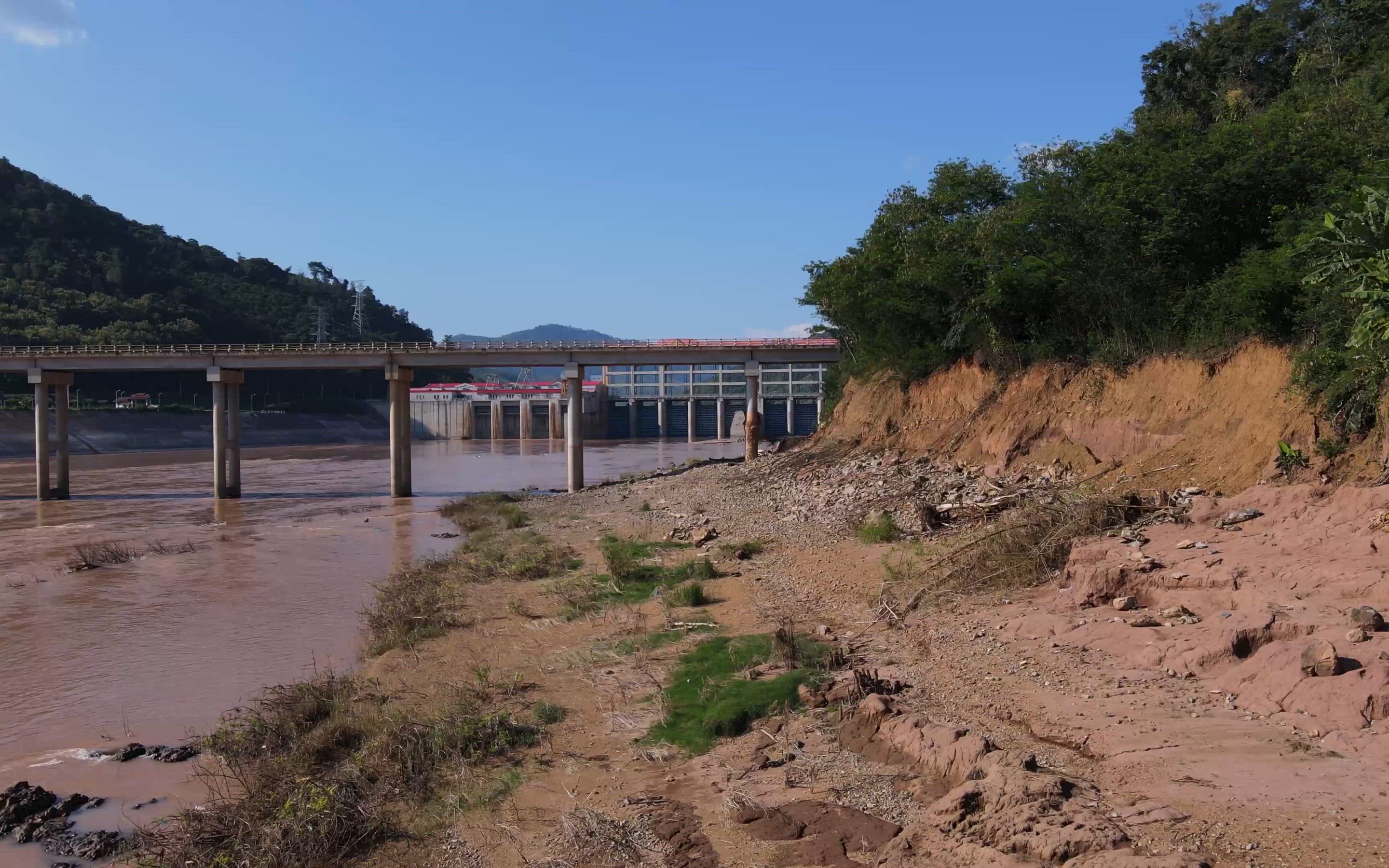
"That costs extra. Many developers didn't want that," says commission head Kittikhoun. Nevertheless, the plan was revised in response to "gentle pressure", as Kittikhoun says. The Laotian government had pledged 400 to 500 million US dollars for fishways, sediment management and sluices. However, the sustainability plans are now being scaled back again. This is because less sediment arrives in Laos anyway due to the Chinese dams - so why plan for it?
To see how the lack of soil is changing the river, you have to take the Mekong ferry from Laos to Thailand.

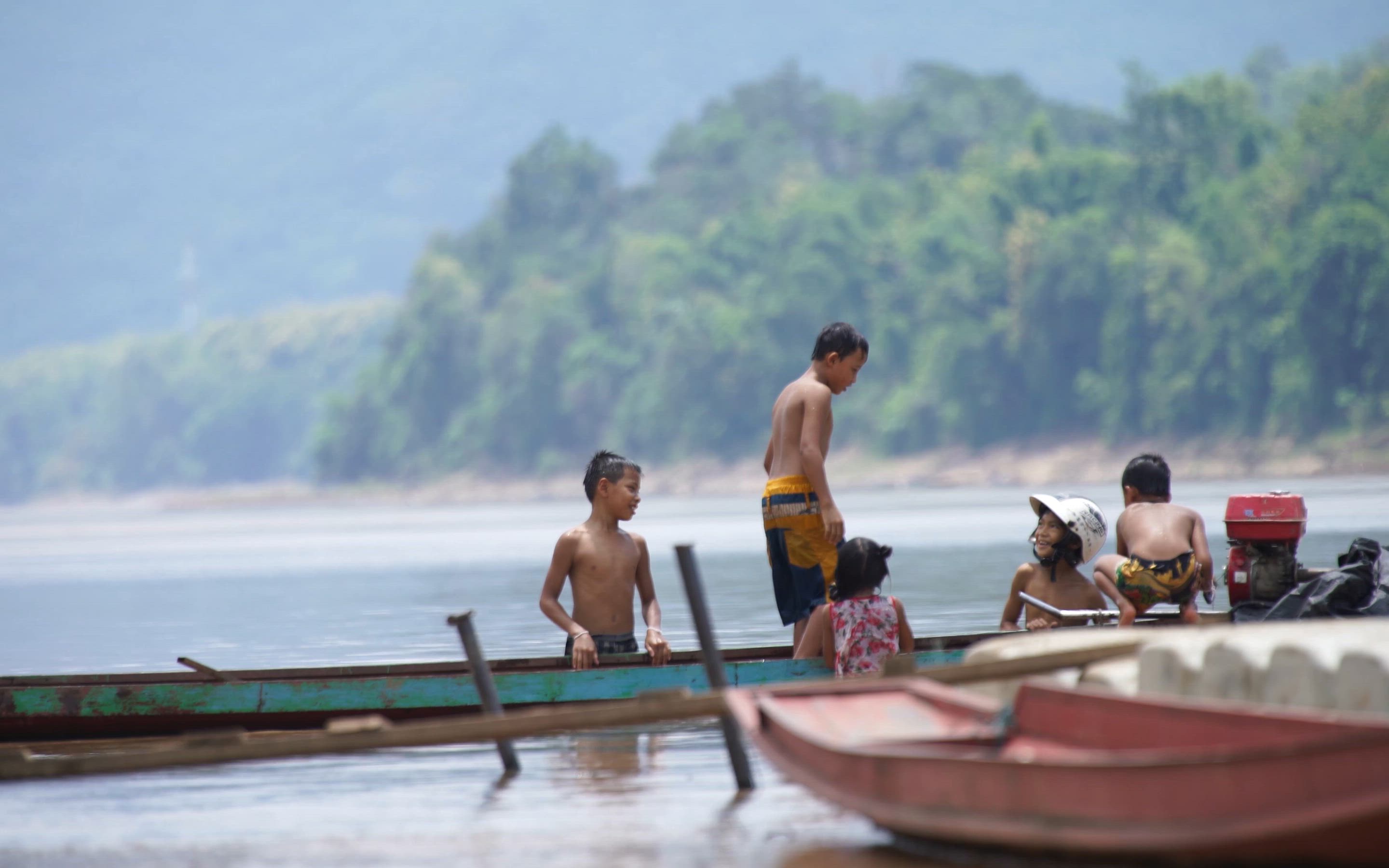
In Chiang Khong, Thailand, kilometer-high mountains of cloud build up to cover the Mekong, the fields, the monasteries and the mountainous surrounding countryside with showers in the afternoon.
It is the rainy season, the water level of the Mekong should be rising - actually. But during the research for this article, the Mekong drops more than a meter in two days.
How can that be?
Brian Eyler points to China as the cause. There, the dams are operated without giving much thought to the lower reaches. This leads to either a lack of water or giant waves downstream.

That was in 2013, when many people were unable to get their livestock, boats or crops to safety. To prevent this from happening, Eyler has developed an online warning tool called Mekong Dam Monitor. "We monitor China's available river level data and confirm that the change was caused by a dam."
This actually seems to be making a difference. This year, the waves were all just under fifty centimetres, so Eyler reported fewer alarms. "You adapt on the upper reaches because you know that someone is watching, reporting on it and a diplomatic letter might come from Thailand."
Eyler is not the only one keeping a close eye on the Mekong. In Chiang Khong, an elderly man sweeps the premises of the environmental organization "Mekong School" in the morning. People honorably call him Kru Thi, the teacher. His long, braided hair is greying, but his dark brown eyes are wide awake: Niwat Roykaew, founder of the organization, has been campaigning for an intact Mekong for a long time.

The activists are not running out of work. "In the last 20 years, the Mekong has not risen fully in the rainy season because of the new dams, so the fish no longer come upstream to spawn," says Roykaew.
The absence of the Mekong giant catfish is particularly painful for local residents. Everywhere in Chiang Khong, huge statues and paintings are dedicated to the fish, which symbolizes fertility and strength. The animal can grow up to three meters long and weigh three hundred kilograms, and there is a park in Chiang Khong in its honour. However, it has not been seen for fifteen years and the Red List lists the fish as "endangered".
One reason: dams, because the catfish need turbid, muddy water and a river course that is as uninterrupted as possible in order to migrate upstream to spawn. "More and more often, however, the Mekong is blue and the water is clear," says Roykaew.
This also has an effect on the banks of the Mekong. "Then the water gets hungry," says Roykaew. If the water lacks sediment, it carries it elsewhere. Earthy embankments, which a muddy brown Mekong cannot erode, are dissolved by clear water. Fields, houses and roads disappear into the great river - although other factors such as shipping also play a role.

China builds, the downstream countries pay for the damage? This is not what the teacher is getting at. Rather, he believes that only the joint efforts of all riparians can improve the situation on the Mekong.
European companies might also be able to make a difference. European turbines have been installed in 17 dams that have gone into operation on the Mekong since 2000. Voith from Heidenheim, for example, supplied the turbines for the Nuozhadu Dam in China. "We accept our responsibility," says Tobias Keitel, Managing Director of the Hydro Division at Voith, and refers to a method against sedimentation that was developed by Voith. "Ultimately, however, it is up to the customer to decide how the dam is built." The Swedish-Finnish company Afry, which offers consulting and engineering services, is also benefiting from the dam boom. According to Afry, it has been involved in a large proportion of all new dams in the Mekong catchment area. However, the company does not wish to comment on this publicly.


